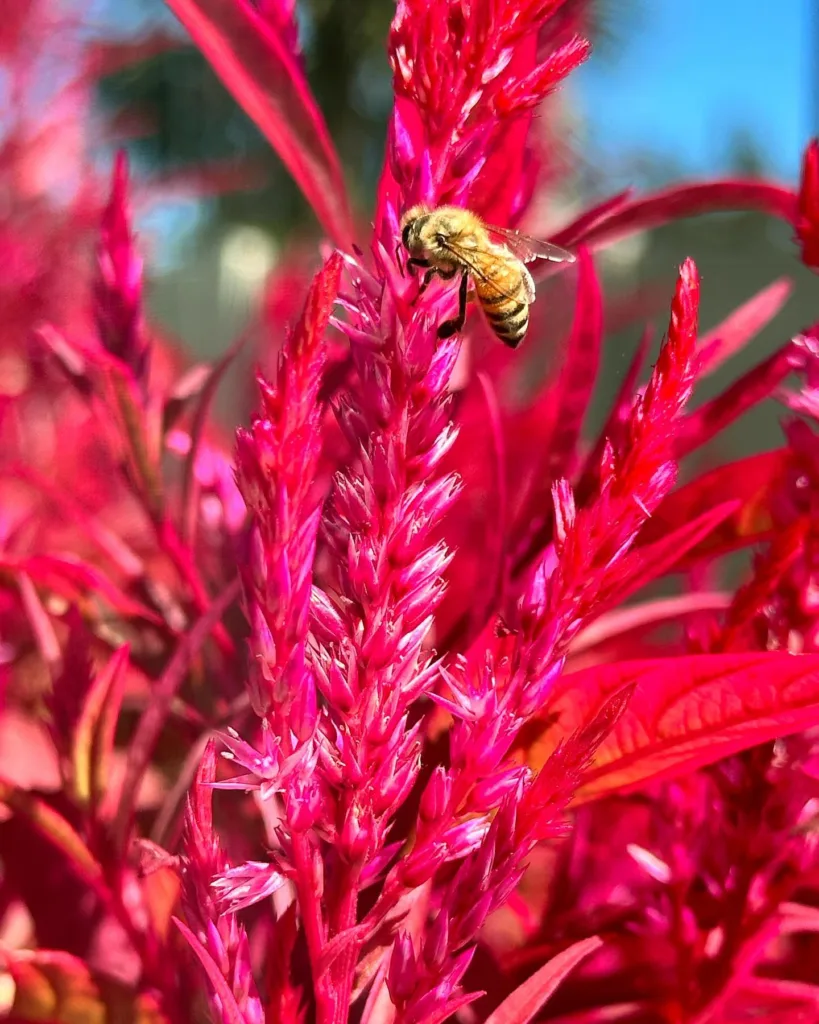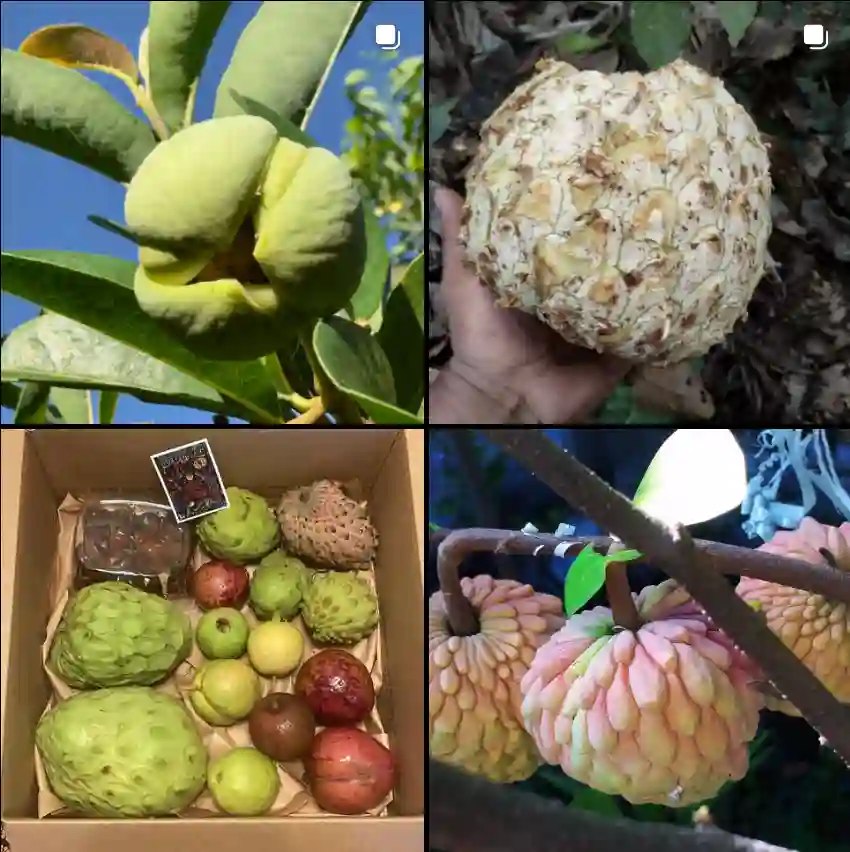Rhaphidophora Pertusa: Unveiling the Secrets of the Split-Leaf Philodendron
Hey there, plant enthusiasts! Ferb Vu here, and today we’re diving deep into the world of the Rhaphidophora Pertusa, also known as the Split-Leaf Philodendron. This stunning climber has captured the hearts of plant lovers worldwide with its unique foliage and easy-going nature.
But before you rush out and snag one for yourself, let’s answer some of the most common questions about this captivating plant.
105 Species in Genus Rhaphidophora
What Makes the Rhaphidophora Pertusa Special?
The Rhaphidophora Pertusa boasts deeply lobed leaves, resembling a series of elongated fingers radiating outwards. As the plant matures, these lobes become more pronounced, creating a dramatic and eye-catching silhouette.
Unlike some finicky houseplants, the Rhaphidophora Pertusa thrives on neglect. It tolerates a wide range of light conditions (though bright, indirect light is ideal) and doesn’t require constant watering. This makes it a perfect choice for busy plant parents or those new to the hobby.
Rhaphidophora Pertusa vs. Philodendron: A Case of Mistaken Identity?
The Rhaphidophora Pertusa is often mistakenly called the Split-Leaf Philodendron. While they share some similarities in appearance, they belong to different genera. Rhaphidophora belongs to the Araceae family, while Philodendron falls under the same family but a separate genus.
Here’s a quick breakdown of the key differences:
- Leaf Shape: Rhaphidophora Pertusa has deeper lobes that reach almost to the center of the leaf, while Philodendrons typically have shallower lobes.
- Leaf Texture: Rhaphidophora Pertusa leaves are generally thinner and more delicate compared to Philodendrons.
- Growth Habit: Rhaphidophora Pertusa is a climber, while Philodendrons can be climbers, vining plants, or even epiphytes.
Rhaphidophora pertusa vs Monstera
I’ve found that Rhaphidophora pertusa grows faster than my Monstera, and I love how its leaves develop those intricate splits.
Rhaphidophora pertusa vs Tetrasperma
Comparing Rhaphidophora pertusa with Rhaphidophora Tetrasperma, I prefer the pertusa for its larger leaves and more dramatic fenestrations.
How to care for Rhaphidophora Pertusa?
Here’s how to keep your Split-Leaf Philodendron happy and thriving:
- Light: Aim for bright, indirect light. Avoid harsh, direct sunlight that can scorch the leaves.
- Watering: Water deeply when the top inch of soil dries out. Don’t let the plant sit in soggy soil.
- Humidity: While Rhaphidophora Pertusa tolerates average humidity, it appreciates occasional misting or a humidifier, especially in drier climates.
- Soil: Use a well-draining potting mix. Aroid mix or a standard potting mix with added perlite are good options.
- Fertilizer: During the growing season (spring and summer), fertilize with a balanced liquid fertilizer once a month. Dilute it according to package instructions.
Can I Propagate My Rhaphidophora Pertusa?
Absolutely! Propagating your Split-Leaf Philodendron is a rewarding way to expand your collection or share the plant with friends. Here are two common methods:
- Stem Cuttings: Take a stem cutting with at least one node and a few leaves. Plant it in a well-draining potting mix and keep it moist. Provide bright, indirect light and wait for roots to develop.
- Air Layering: This method involves introducing moisture to a section of the stem on the main plant, encouraging root growth. Once roots form, you can cut below them and pot the new plant.
Common Rhaphidophora Pertusa Problems and Solutions
While generally low-maintenance, here are some potential issues you might encounter:
- Brown Leaves: This can be caused by underwatering, overwatering, or lack of humidity.
- Yellow Leaves: Often a sign of overwatering. Check the soil moisture and adjust your watering routine.
- Pests: Mealybugs and spider mites can be occasional visitors. Treat them with insecticidal soap or neem oil solution.
Rhaphidophora Pertusa: A Plant Worth Splitting Over
With its stunning looks and easy-going nature, the Rhaphidophora Pertusa is a must-have for any plant enthusiast. With a little TLC, this unique climber will reward you with years of lush, tropical vibes in your home. So, what are you waiting for? Go forth and add this beauty to your collection!
Remember: While I’ve provided a general care guide, it’s always a good idea to research specific cultivars or variations of the Rhaphidophora Pertusa, as their needs might differ slightly. Happy planting!
If i die, water my plants!



